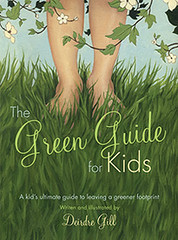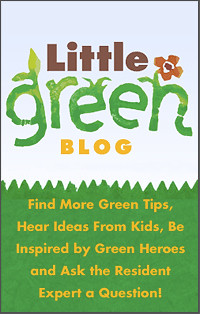
If I were to tell you that 1,000 miles off the coast of California there is a swirling mass of plastic trash that’s twice the size of the state of Texas, would you think twice the next time you were offered a plastic bag at the store? And if you think that choosing paper over plastic is a good choice, think again. 14 million trees are cut down to produce the 10 billion paper grocery bags used by Americans every year.
Did you know?
–Americans alone throw away 100 billion plastic bags every year. That’s over a million bags every minute!
– Plastic bags, which are made from petroleum and natural gas, use up 12 million barrels of oil every year in the US.
–Less than 1% of plastic bags are recycled. The rest will sit in landfills and clog the ocean for many centuries to come.
–There are 46,000 pieces of plastic litter floating in every square mile of ocean.
–Each year, more than 100,000 marine mammals and turtles die from eating or becoming entangled in plastic.
–Inks and colorants used on plastic bags contain toxic chemicals like lead that pollute our soil and water.
Here’s what you can do:
Bring your own bag every time you go to the store and encourage your friends and family to do the same. Make them their own hand painted bag and they’ll never forget it at home.
And here’s how you do it:
–Buy blank canvas bags at any craft store. If you plan to make one for everyone you know, you can buy them in bulk from many different places on the internet.
–Gather arts and crafts materials you wish to use to decorate your bags. You can paint, color with markers, embroider, sew or glue any number of decorations on your bags.
–Go to town!















